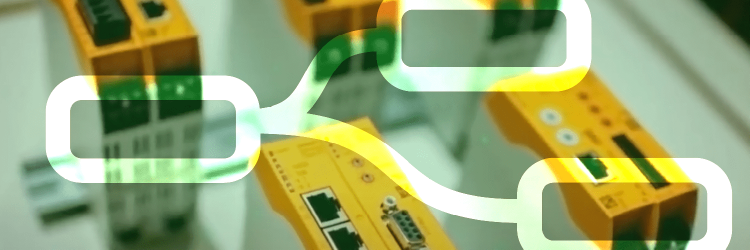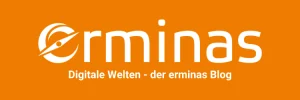The Node-RED development tool actually comes from the home automation and smart home sector and helps to connect devices and services in a simple and easy-to-understand way. However, it also has practical applications for the Industrial Internet of Things (IIoT) in certain cases. A small digression.
From home automation to Industry 4.0
We need to network and connect services and devices so that they can be coordinated, their status recorded and remotely controlled. To a certain extent, they have to “talk” to each other, exchange information and be able to receive and execute commands remotely.
In smart homes, for example, weather stations and services are connected to electric shutters and windows via the internet: If it is hot and sunny, the shutters are automatically lowered; if it is supposed to rain, windows can close themselves before it starts. If you have connected your devices to a digital assistant such as Alexa or Siri, the roller shutters and windows can also be controlled on demand – even via your smartphone when you are out and about.
This principle from home automation applies to all areas of application: In the Industrial Internet of Things, too, the flow is: “When this state occurs, trigger that function.” And it is precisely these flows that can be visualized clearly and comprehensibly in Node-RED.
One example:

The Node-RED flow
The magic of Node-RED lies in the graphical user interface: input, output and processing nodes can simply be dragged and dropped from the Node panel into the Sheets panel and connected and configured with each other.

An executable flow is automatically generated in the background and possible errors can be easily found via the debug panel. In this way, different scenarios can be mapped quickly and comprehensibly and they can also be tested immediately: The code can be deployed during development.
Thanks to the Node-RED licensing under Apache 2.0, a large open source community has come together to develop and provide solutions from all application areas, whether smart home or industry. This is also what makes this development tool so appealing.
Node-RED and erminas RevPi nodes for rapid prototyping
The ability to quickly generate functioning code and the coherent visual representation through the flows help us at erminas with rapid prototyping: Node-RED helps us to quickly present and try out practicable solutions at the customer’s site and to develop them together with the customer’s employees who have no experience with programming and software development.
For this reason, together with Kunbus, we have developed the RevPi nodes especially for the Revolution Pi soft PLC, which we like to use frequently in our IIoT projects. This enables us to collect data from systems and machines during the concept phase and develop a minimum viable product (MVP) and proof of concept (PoC) together with our customers. On this basis, we can then develop more complex solutions for use with erPUB and OPC UA and the use of data in the cloud (Azure, AWS).
For small industrial IoT solutions, the combination of Node-RED and the Revolution Pi with a few sensors can be a good first step towards the digitalization of a shopfloor. But only a small one.
Professional solution for business-critical applications
As beautiful, fast and simple as many small processes can be mapped and controlled with Node-RED, it is not suitable as a runtime environment for business-critical applications. This is because Node-RED quickly reaches its limits when it comes to security and reliability in complex and critical business processes. Nevertheless, a prototype created in Node-RED can be very well suited as an information basis for a professional application that is adapted to the customer’s needs and fulfills all security criteria.



